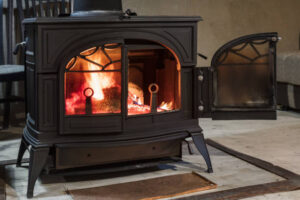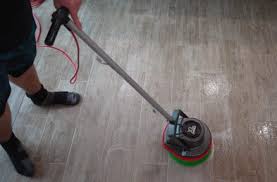When a stoves and fires is going full blast, the sound of logs cracking and smoke curling up is like nothing else. Some people call them stoves, while others call them hearths. It doesn’t matter. The most important thing is how warm you feel deep down while the fire works. But how do you choose, care for, and master a wood burner? That’s a story that changes a lot and typically has more questions than answers.

The first step is to pick the right burner. You will have a lot of choices, such as cast iron, steel, freestanding, and inset. What one person calls “perfectly rustic” is what another person calls “sooty headache.” If you ask your neighbor, you can get three different answers. The secret is really how big the room is and how long you can wait to stack wood. Small space, big stove? In January, you’ll be opening the windows. Too much space, not enough burner? Get a lot of tea and blankets.
Choosing the right fuel can be hard for beginners. Hardwood logs burn longer, but softer woods catch fire quickly. Trust me, smoky living rooms are only lovely in books. Seasoned logs are better than fresh ones. When wood is wet, it hisses and spits. Wood that is dry shines. So buy ahead of time and let your logs sit for six months. Put them in the right order, leaving room between each log so air may get in. Otherwise, you’re just giving spiders more places to live.
Putting in a burner isn’t easy either. Venting is the most important thing here, whether there is a chimney or not. If you set things up wrong, your fire alarm will start going off. It’s better to pay a pro than to mess about with smoke signals in your living room. Your friends might joke about learning the old-fashioned way, but a house full of soot is no joke.
Ongoing care entails getting your hands dirty. Ashes build up quickly. Some people swear by cleaning every day, while others don’t bother until they see a pile. There is one guideline that will always hold true: never underestimate how powerful a good chimney brush is. In any story about flames and families, soot buildup is the bad guy. Don’t believe the old stories about burning potato peels; hard work pays off in the end.
Aesthetic? Let’s not fool ourselves—wood stoves do more than merely heat. They become the place for peaceful cups of cocoa, reading on rainy days, deep chats that come out of nowhere, and sometimes the family pet getting too close. If you talk to veterans who have used wood-burning stoves, they’ll tell you stories of how they cooked great dinners on the stovetop during blackouts or how all their fuel mysteriously disappeared. “Honestly, it went up in smoke.”
When it’s cold outside, igniting your wood burner becomes a test of patience and satisfaction. It’s an art to put together kindling, newspaper, and the correct number of logs. If you put too much in, it will smoke. If you huff and puff, you’ll be there until midnight. It’s hard not to feel a little proud once the flames start to dance.
A wood burner is a little crazy and hard to predict. It won’t let you entirely tame it. There is always a trick or two to learn again every season. Anyone who has ever heard a fire hiss when snow slides from the roof knows that a good burner is worth its weight in gold, or at least in laughter and warmth.









